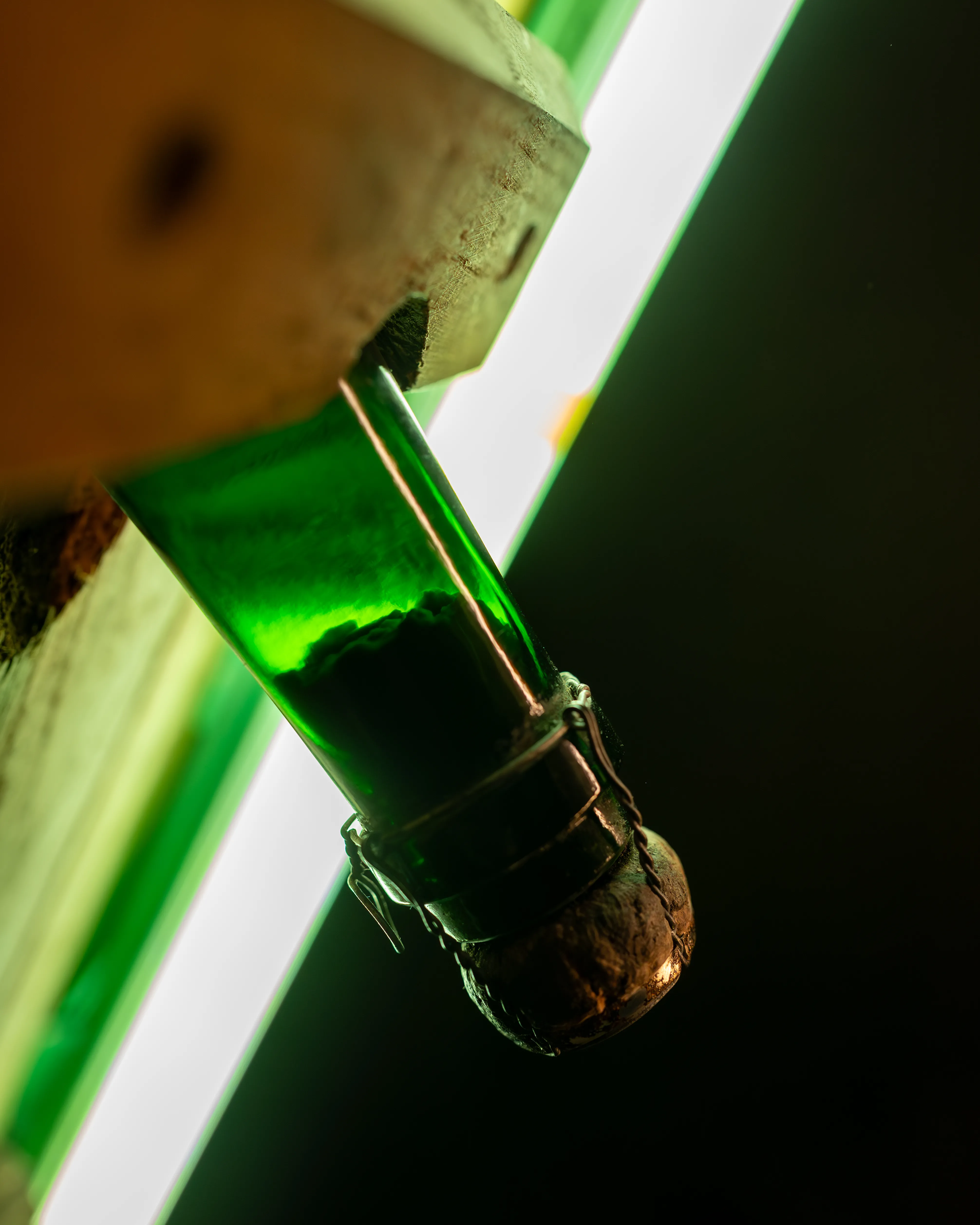Making the champagne

Respect for the environment, respect for tradition, adherence to strict specifications, local roots, and human values—these are just some of the reasons that led us, in recent years, to entrust the production of our Champagne to the cooperative in our village.
The cooperative of Nogent L’Abbesse was founded in 1961 and carried out its first harvest that same year.
Since then, the winemakers of the Mont de Berru have worked tirelessly to craft a Champagne of character, combining their expertise with the traditions of the Champagne region!
A structure that is both modern and traditional, a commitment to human values, environmental respect, and a strong quality policy all enable our cooperative to produce a truly exceptional Champagne.
